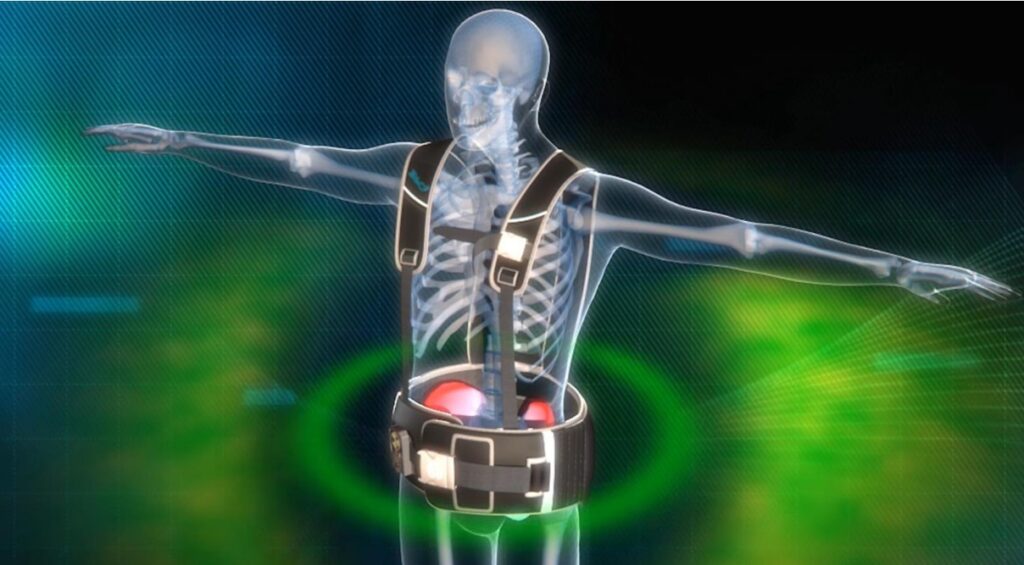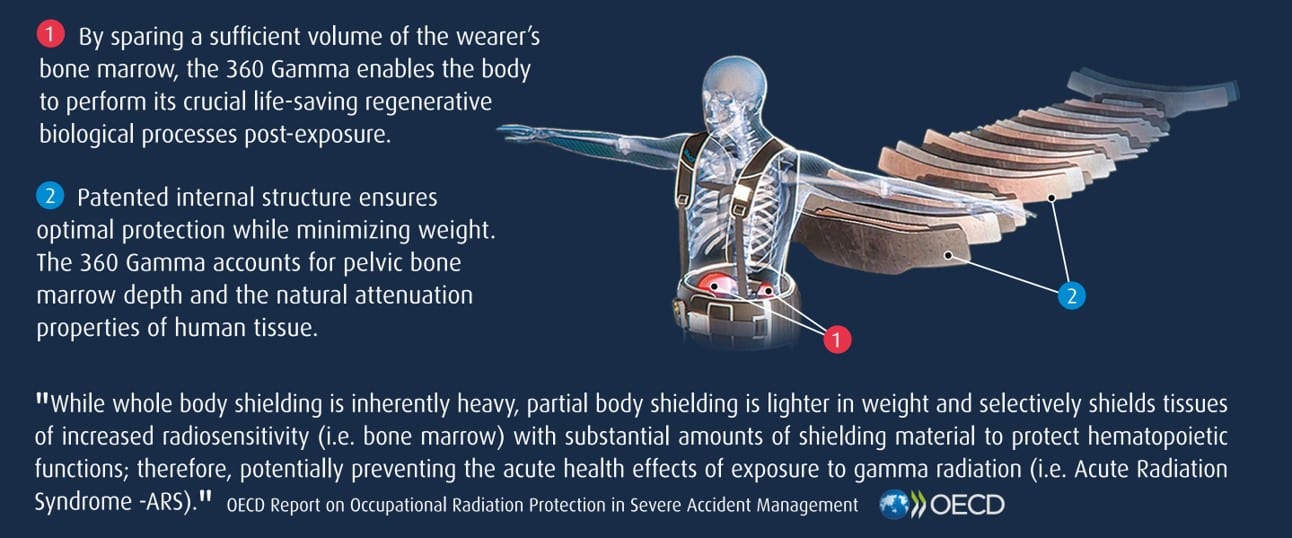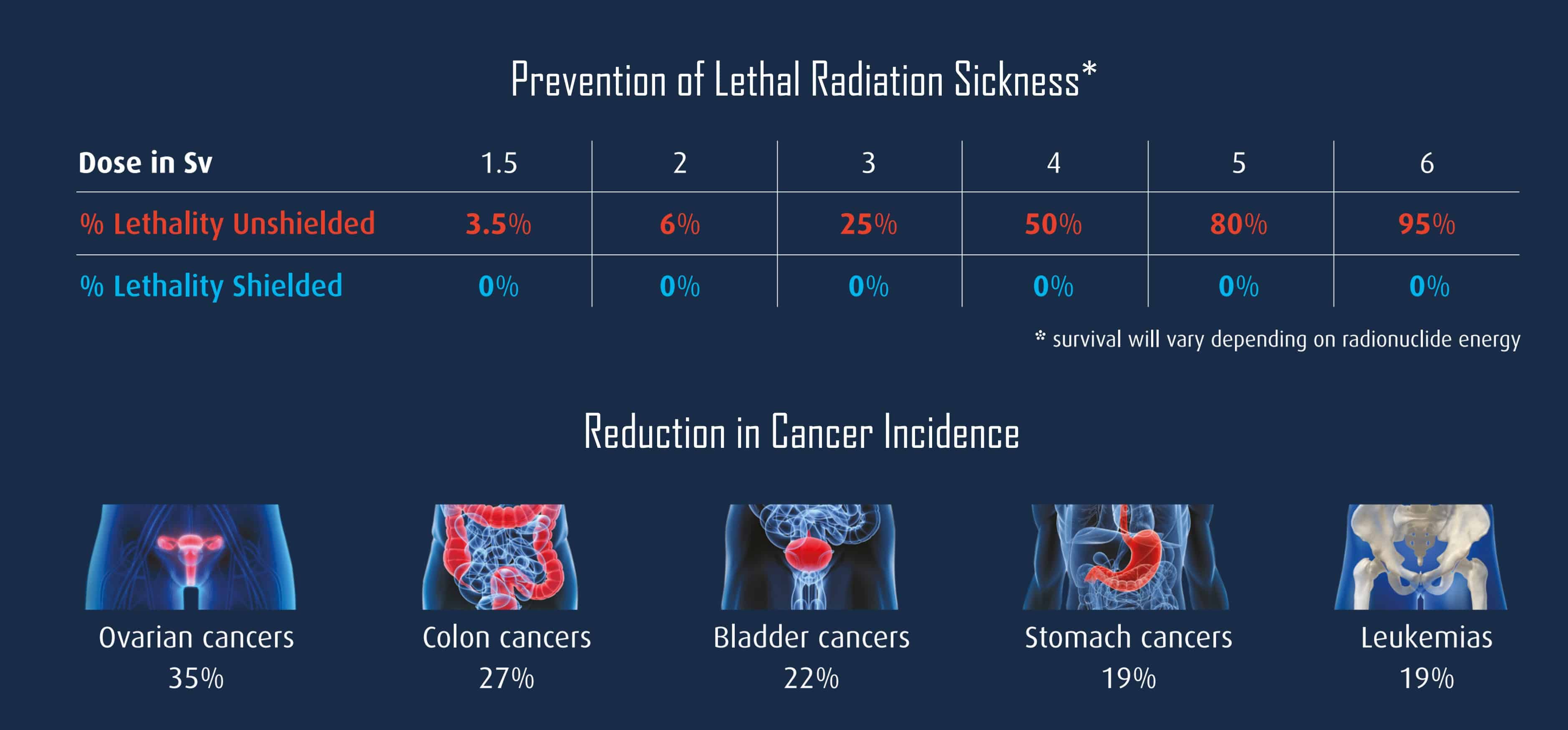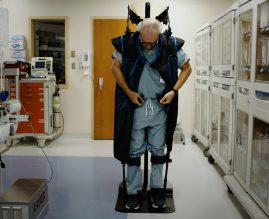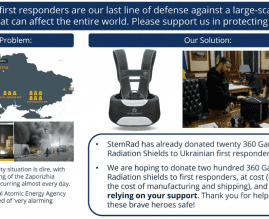The Problem with Gamma Radiation Suits – and the Solution
09.19.23 | Tuesday | Jordan Houri, BSc, MSc
Chernobyl, Fukushima, Hiroshima & Nagasaki.
These names have gone down in our memories as major nuclear incidents that released high levels of radiation into the atmosphere.
Many thousands died, and in all cases the leading cause of mortality was exposure to lethal gamma radiation.
What can you do to protect yourself from radiation? The answer is actually shielding. An effective shield can help you better than any radiation suit on the market.
The Chernobyl disaster unfolded due to a failed routine test. To contain the radiation, first responders heroically risked their lives. StemRad’s novel technology could’ve shielded their bone marrow, boosting their survival chances. Equipping responders with this life-saving tech is crucial to avert similar tragedies.
Such a shield would work wonders to restore your blood counts post-exposure, whereas a suit would only let you feel safe while the fatal effects of aplastic anemia take hold in your body.
In short, the best protection is a shield that wraps around your hip- protecting the critical blood-forming bone marrow there.
There is a 50% chance of another such disaster occurring in the coming years, according to scientists.
This means that the time to acquire a radiation shield– specifically, one that would protect you from highly destructive gamma radiation- is now.
Such a shield exists, developed by StemRad and is called the 360 Gamma.
It is such a no-brainer that even NASA is launching StemRad’s shields for astronauts.

What about those whole body radiation suits? Why not use them?
Indeed, there are several nuclear suits on the market that claim to offer protection against radiation – but those suits do not provide protection against gamma radiation.
The problem is that the required shielding for gamma radiation makes full-body protection outfits impossible, as about half a ton of material would be needed.
StemRad’s 360 Gamma radiation shield, on the other hand, does provide the radiation protection individuals need. It does so by selective shielding, not through whole body shielding. Scientists have conclusively demonstrated that certain parts of the body are more vulnerable to radiation than others – and selectively shielding the organs that are most sensitive affords a much more effective and efficient radiation shield, and the only realistic solution to ensuring protection against gamma radiation.
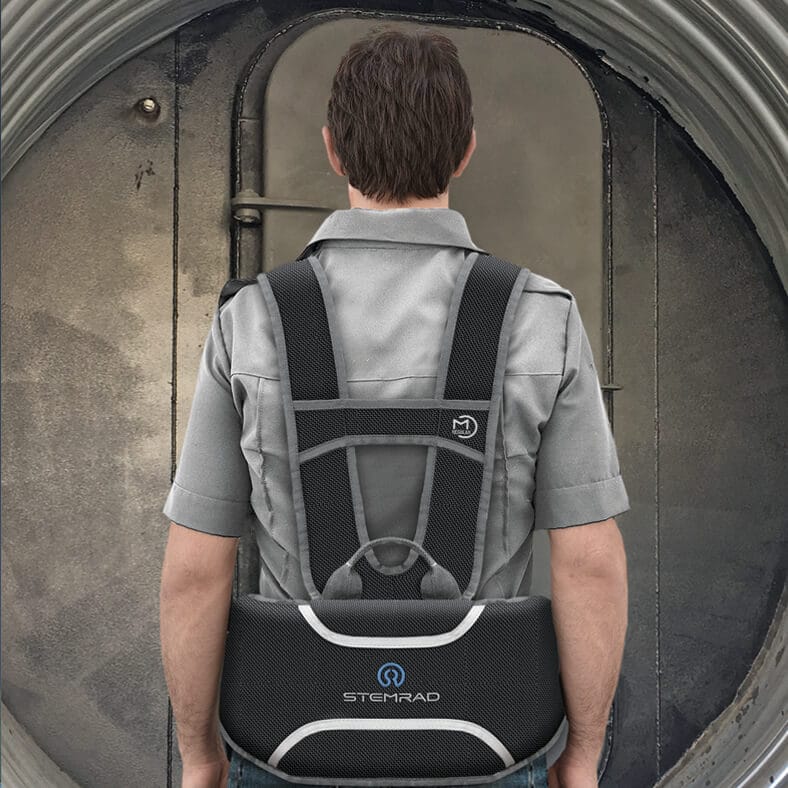
What Makes for an Effective Gamma Radiation Suit?
When a nuclear explosion occurs, radiation – including gamma radiation – is released into the atmosphere.
Gamma is just one type of radiation that gets released in such an explosion – alpha and beta radiation is also released – but ensuring protection against gamma radiation is far more important than protection against the other types.
Gamma radiation is much higher-energy and has the ability to penetrate far more deeply into the body than the other types – meaning that, without adequate radiation protection, it could be much more damaging.
in order to protect wearers against gamma rays, the American Nuclear Society says that the thickness of a gamma radiation protection suit needs to be in the range of centimeters of lead.
Without that kind of heavy-duty protection, a radiation shield will simply not provide adequate protection against gamma radiation.
The problem with that, of course, is that such radiation suits – even if they did exist – would be far too unwieldy for a rescue worker who needed to be mobile, working to protect victims or repair the damage in a nuclear incident.
To provide protection against gamma radiation, a suit would need to be very heavy – greater than 1000 lbs for a 2X protection factor – with this thick protection spread over the whole body. It would be next to impossible for a rescue worker, or for an evacuating civilian, to move around effectively with such a heavy load.
As a result, most of the solutions on the market use much lighter materials that purport to effectively protect wearers against radiation.
And they do – against X-rays and other lower-energy types of radiation.
But they do not provide effective protection against gamma radiation.
Why StemRad’s 360 Gamma Solution is Better Than Current Gamma Radiation Suits
If current solutions don’t provide protection against gamma radiation, what does?
The answer lies in StemRad’s 360 Gamma selective protection solution.
The StemRad 360 Gamma solution provides much more gamma radiation protection than the HAZMAT or CBRN suits available today.
According to OECD/Nuclear Energy Agency, the most important aspect of radiation protection systems is shielding the most sensitive parts of the body – specifically, the bone marrow.
“While whole body shielding is inherently heavy, partial body shielding is lighter in weight and selectively shields tissues of increased radiosensitivity (i.e. bone marrow) with substantial amounts of shielding material to protect hematopoietic functions; therefore, potentially preventing the acute health effects of exposure to gamma radiation (i.e. Acute Radiation Syndrome -ARS)” according to the agency.
The StemRad 360 Gamma selective radiation protection solution provides maximum protection to the most sensitive parts of the body – especially the midsection and hip area, where the body’s bone marrow tissue is located.
If this area is adequately protected, the danger of radiation sickness plummets, numerous scientific studies have shown – with the system providing maximum protection against gamma radiation, which is the main reason a rescue worker would need a radiation shield.
While the “traditional” radiation protection suit is good for lower energy type radiation such as alpha and beta radiation, that is not a viable solution for gamma radiation.
StemRad’s 360 Gamma radiation protection solution, on the other hand, is a sustainable, effective, and easy to use system for protection against gamma radiation.
For first responders, rescue workers and other individuals who want to ensure that they are adequately protected, it’s worth checking out the StemRad 360 Gamma solution.
Want to read more about the capabilities of the 360 Gamma? Check out the figure below or see experimental verification and other literature, here.
frequently Asked Questions
Q. What is gamma radiation?
A. Gamma radiation is the most energetic form of photon radiation, with a shorter wavelength than X-rays. Because this radiation is ionizing, it is hazardous to life.
Q. What causes gamma radiation?
Gamma radiation on Earth is typically produced during radioactive decay of atomic nuclei, but can also be generated by cosmic sources such as solar flares, pulsars, quasars, and supernovae.
Q. What can stop gamma radiation?
A. The two most important factors in stopping gamma radiation is the shielding material's density and atomic cross-section. The cross-section is effectively the size of the atom's nucleus, with larger nuclei having a greater probability of absorbing a gamma ray. Similarly, a greater density would increase the probability of a gamma ray hitting an atom of the shielding material. Thus, while any amount of mass can stop gamma radiation, high atomic number and high density elements are most efficient.
Q. What materials are best for protecting against gamma radiation?
A. Use case plays an important role in deciding which material to use for shielding against gamma radiation. Tungsten has a very high density, so it is useful if the shielding material is to be as thin as possible. However, tungsten is expensive and very difficult to machine. Lead is a softer material and more cost effective, and as efficient as tungsten.
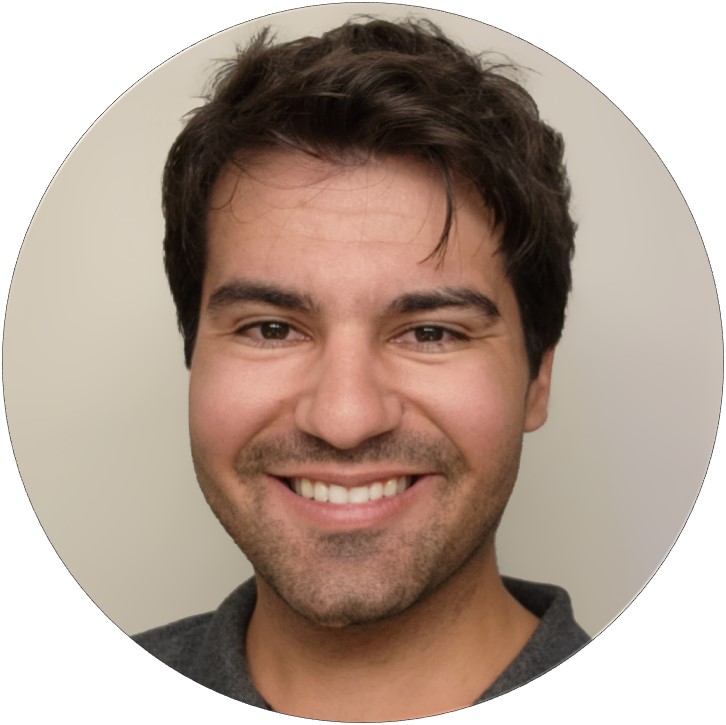
Lead Scientist, Space Exploration
